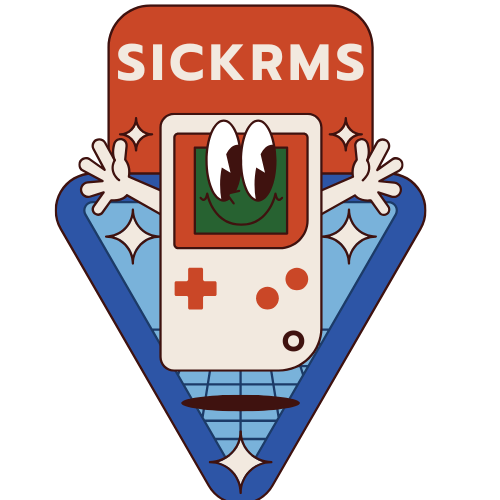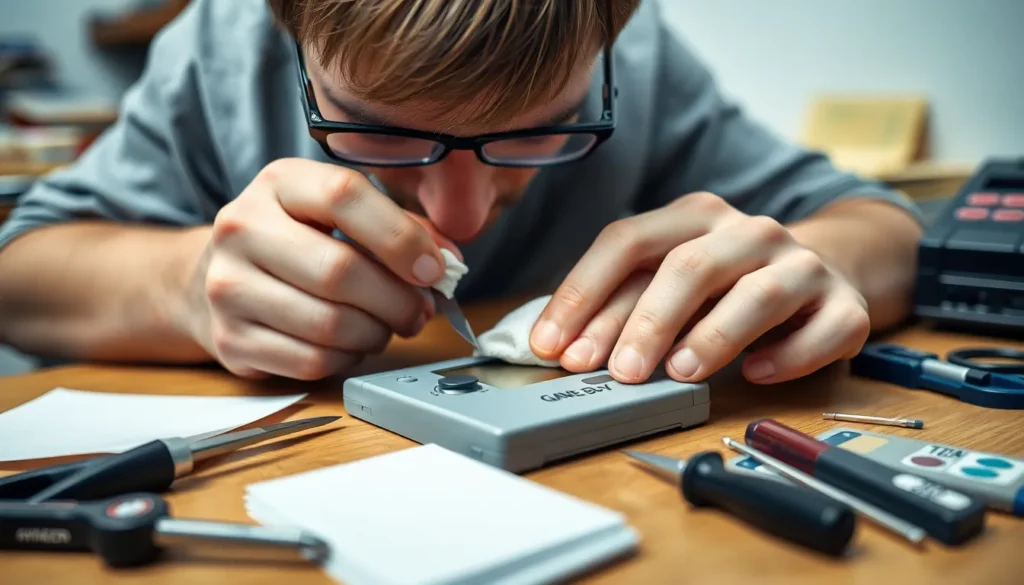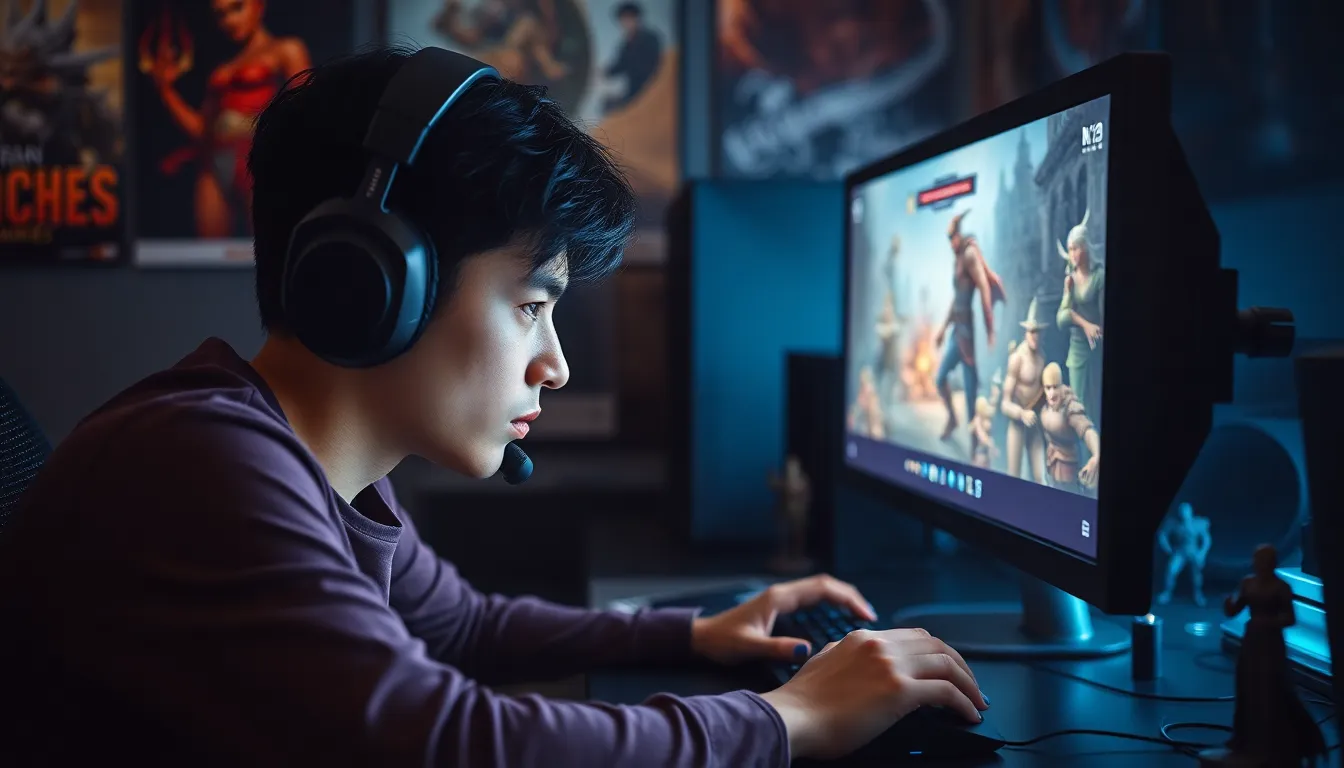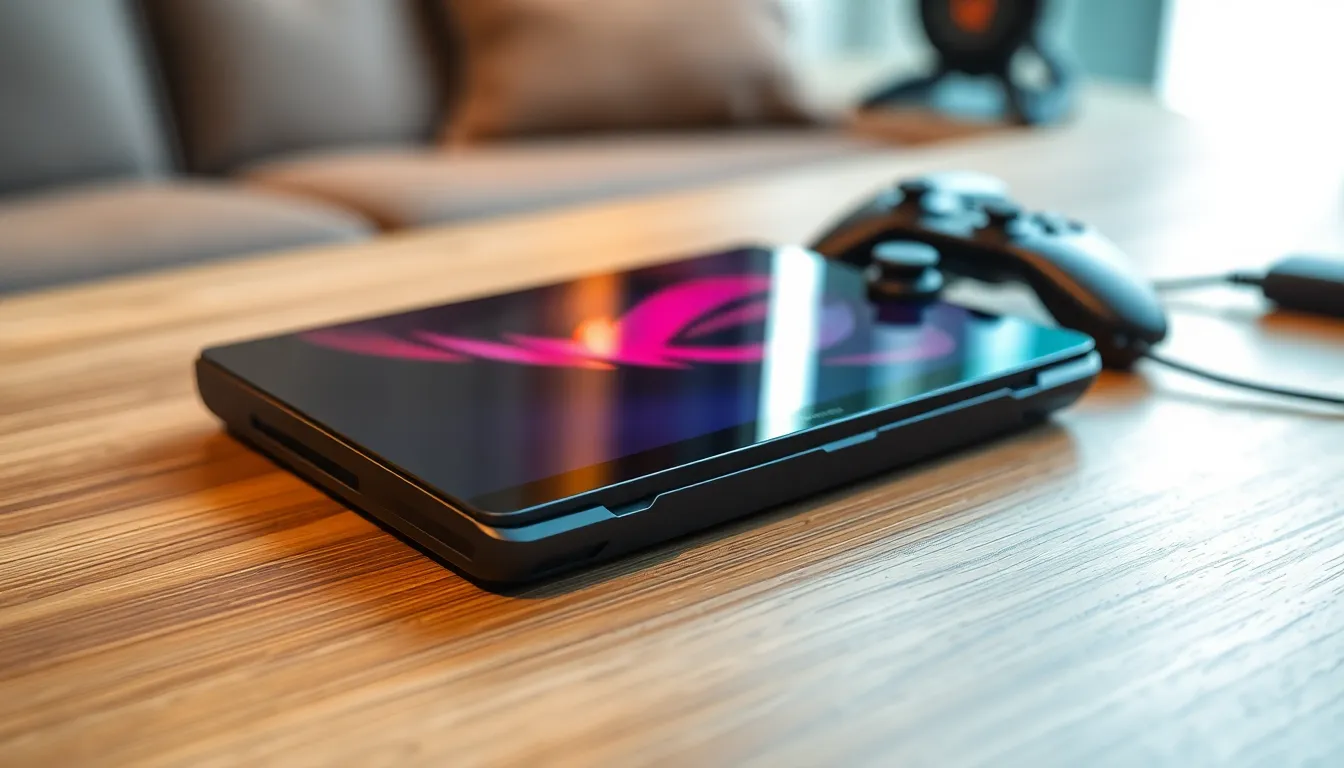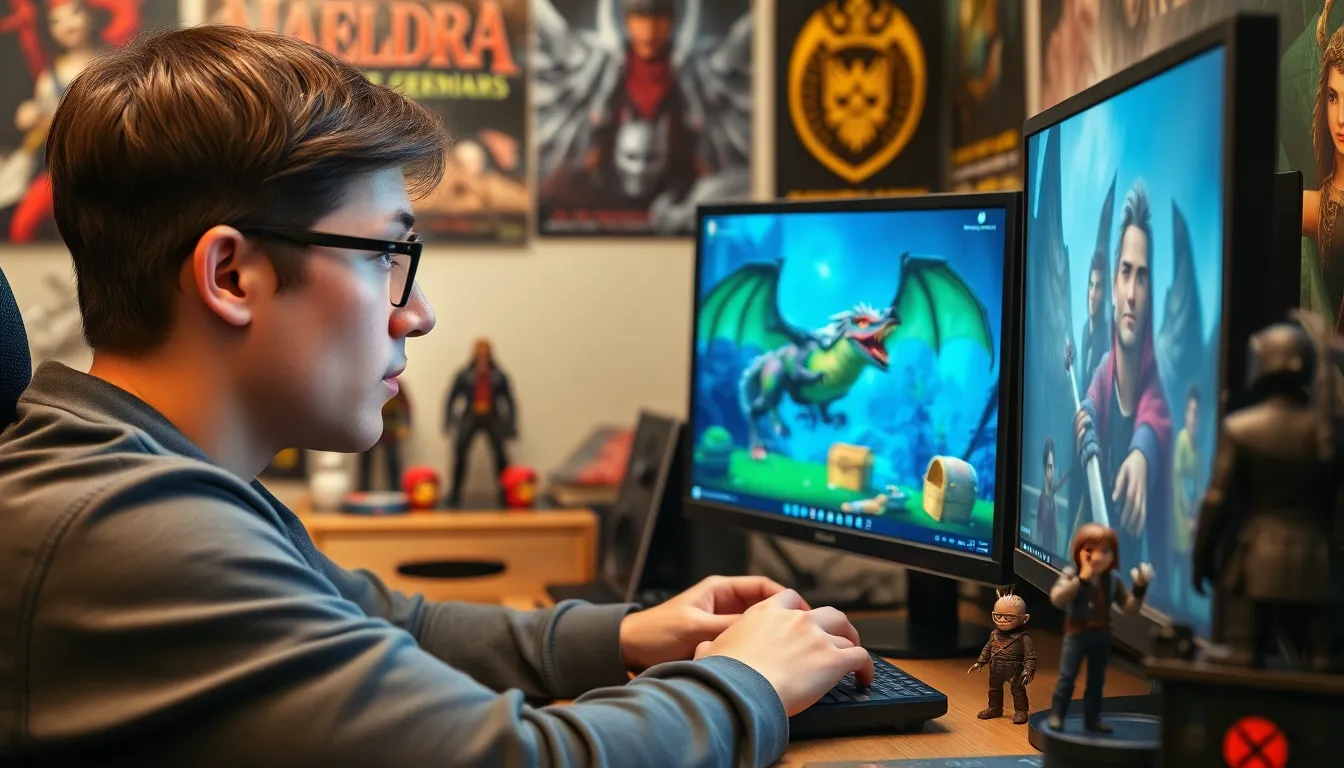Game Boy enthusiasts know the joy of reliving childhood memories through their favorite handheld console. But what happens when those nostalgic cartridges start looking like they’ve been through a time warp? Faded labels and scuffed surfaces can turn a treasured game into an eyesore. Fear not, for game boy label restoration is here to save the day—and your collection!
Table of Contents
ToggleOverview of Game Boy Label Restoration
Game Boy label restoration involves techniques to revive and enhance the appearance of game cartridge labels that have faded or become damaged over time. The process typically includes cleaning the label surface, repairing tears and scratches, and applying protective coatings. Enthusiasts often seek materials like adhesive papers and high-quality ink to ensure enduring results.
Restoration can significantly improve the visual aesthetics of a game collection. Many collectors report increased satisfaction due to restored labels that closely match their original condition. Additionally, preserving the labels maintains the game’s resale value.
Several restorative methods exist. One common approach entails scanning the original label design, repairing any imperfections digitally, and printing a high-resolution copy. Some collectors might opt for professional services specializing in cartridge restoration to achieve exceptional results.
Tools necessary for label restoration vary. Collectors often use X-Acto knives for precision cuts, a soft cloth for cleaning, and a laser printer for high-quality reproductions. Other items include clear laminate film to provide a protective layer after restoration.
Knowledge about proper techniques is crucial. Collectors aim to handle labels delicately during the cleaning process and avoid using harsh chemicals that could cause additional damage. Following restoration, many recommend storing cartridges in cases to prevent future wear.
Ultimately, Game Boy label restoration combines creativity and a deep appreciation for gaming history. Collectors engage in this practice to preserve nostalgia while enjoying their curated collections. The results can lead to proudly displayed games that reflect both passion and dedication.
Importance of Label Restoration

Restoring Game Boy labels holds significant value for collectors and enthusiasts alike. It not only rejuvenates worn cartridges but also preserves treasured memories.
Enhancing Aesthetic Appeal
Revived labels enhance the visual impact of game collections. Improved aesthetics draw attention and evoke nostalgia. Minimal damage, such as scratches or faded colors, can alter a game’s appearance. Successful restoration techniques bring life back to these labels, ensuring they match their original glory. Collectors take pride in showcasing beautifully restored games that capture the essence of their youth. Restoration efforts often transform average-looking cartridges into impressive display pieces, creating a more enjoyable experience for both the collector and viewers.
Preserving Collectible Value
Maintaining collectible value depends heavily on label condition. Labels that appear worn out may diminish overall worth significantly. Restorations can uplift the perceived market value of classic games, making them more appealing to potential buyers. Proper techniques ensure labels look pristine, which contributes to higher resale prices. Enthusiasts recognize the importance of a well-maintained label in retaining value in a collection. By investing in restoration, collectors can safeguard their investments while enhancing their enjoyment of the games they love.
Restoration Techniques
Restoration techniques play a crucial role in rejuvenating Game Boy labels. These methods enhance the overall appeal and preserve the collectible value of cartridges.
Cleaning and Preparing Labels
Cleaning requires careful attention to detail. Use a soft cloth, preferably microfiber, to remove dirt and grime from the label surface. Isopropyl alcohol effectively lifts stubborn residues without damaging the label. After cleaning, allow the surface to dry thoroughly, ensuring it’s ready for further restoration steps.
Printing New Labels
Printing high-quality replacements can revitalize worn labels. Scanning the original design captures all details accurately. Advanced photo editing software allows for the correction of imperfections, enhancing clarity and color. A laser printer produces sharp, vibrant images, ensuring the new label closely resembles the original. Use high-quality adhesive paper for durability and a professional finish.
Applying Adhesives Correctly
Proper adhesive application ensures longevity. Apply a thin, even layer of adhesive to prevent bubbles and wrinkles. Start at one edge of the label, smoothing outward to eliminate air pockets. For added protection, consider using clear laminate film over the printed label. This additional layer shields against fading and wear while maintaining the label’s visual appeal.
Recommended Tools and Materials
Restoring Game Boy labels requires specific tools and materials to ensure successful outcomes. Collectors benefit from using the right supplies for effective restoration.
Essential Supplies for Restoration
Collecting essential supplies streamlines the restoration process. High-quality adhesive paper proves vital for printing replacement labels. Microfiber cloths serve well for cleaning surfaces without causing damage. Isopropyl alcohol helps remove stubborn grime effectively. Laser printers provide sharp, vibrant prints that enhance label quality. Clear laminate film protects new labels from wear, ensuring longevity. X-Acto knives allow precise cuts, essential for fitting labels on cartridges perfectly. With these supplies, collectors can achieve professional-level results.
Professional vs. DIY Options
Choosing between professional restoration services and DIY options depends on individual preferences. Professional services often yield exceptional quality and save time, appealing to those who prioritize the best results. Costs vary, typically ranging from $20 to $50 or more per label restoration. DIY restoration encourages creativity and cost-saving, suitable for enthusiasts willing to learn techniques. Several online resources and communities offer guidance and tips. No matter the choice, both options preserve the nostalgic value of Game Boy cartridges.
Conclusion
Game Boy label restoration stands as a testament to the dedication of collectors and enthusiasts. By breathing new life into worn cartridges, it not only enhances the visual appeal but also preserves cherished memories tied to these iconic games. This process elevates the overall gaming experience and safeguards the value of one’s collection.
Whether opting for DIY techniques or professional services, the goal remains the same: to celebrate gaming history. The tools and methods discussed empower collectors to take pride in their restored cartridges, transforming them into stunning display pieces. Ultimately, label restoration is more than just a task; it’s an expression of passion for gaming that keeps nostalgia alive for generations to come.
